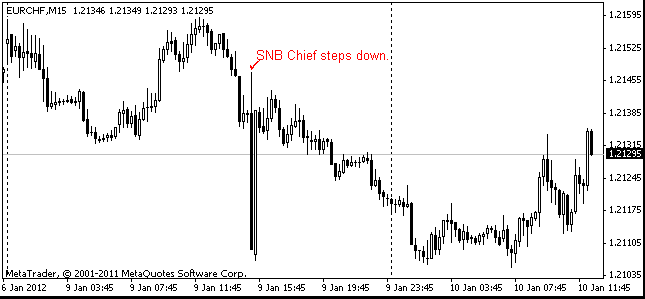EUR/usd
As reported in many news feeds, the US markets were growing all day long yesterday on speculations that democrats and republicans were seeking a compromise. The reasons for the market optimism were just the same as at the time of our previous release. So, there should be some other reasons for the growth, most likely, low trade volumes. The players are leaving the market, thus allowing speculators to easily move the prices. For comparison, optimism in the stock markets didn't help the euro grow against the dollar. Yesterday the pair was trading all the time in the narrow channel of 1.3145 -1.3175. Apparently, that was consolidation after the powerful move and preparation for the further growth. We are still sure that the dollar will be on the decline at least till the end of the year and probably will reach 1.35 before the New Year comes. Active money printing by the Fed ($85bln a month) can't but tell on the dollar. It's absolutely clear that pressed by such conditions speculators will try to abandon this unpopular currency beforehand. Yet, there should be some plausible reason for that and now, at the pre-holiday time, it's really hard to find. It's noteworthy that labour costs have remained at the acceptable level of 2.0% y/y. It is a bit lower than the inflation pace (2.2% y/y in November), but better than the figures reported at the beginning of the year – at that time labour costs made just 1.6% yearly. The trade balance stats are also favourable. Notwithstanding the fact that they have proved to be worse than last month's surplus and haven't met the expected 10.8bln, 7.9bln is still not bad. The surplus, accumulated in the first ten months, totals 64bln against the deficit of 28.5bln for the same period last year. Imports have been glued to one and the same level for more than six months, while exports have been growing. If the euro stays at the same level or even slightly goes down, the EU rebalancing will be quick enough to make the British jealous.

GBP/USD
Britain has no time to trade today. The flywheel of inflation threatens to gain momentum again. Yet the weak economy is putting pressure on these indicators. By now inflation has exceeded the forecasts, remaining at 2.7% against the slowdown to 2.2% in September. Input producer prices have dropped by 0.2% y/y due to decreasing energy prices, while output ones demonstrate growth close to the level of inflation, 2.2% yearly. In addition, HPI is also on the decline, showing the yearly growth of just 1.5%. This run of events should reduce the debt load on households, which suffer much since producers impose their costs on buyers.

USD/JPY
The Japanese yen was appreciating for a while yesterday, but then, following the markets, started to fall again, albeit quite moderately. The LDP keeps putting pressure on the BOJ in order to make the latter print money more actively. It is already rumoured that Japan is about to start printing money for the entire world. Yet, it seems that only the industrial scale of money production may help the country achieve the desirable inflation level of 2%.

USD/CHF
The euro/franc got stuck at 1.2080. It's quite a surprise for us, since we supposed that it would go down to its 200-day MA. However, there is a feeling that money is gradually flowing out of Switzerland due to the commissions on franc deposits imposed by the world's largest banks. In addition, it is quite possible that the SNB is again interfering in trading, selling francs on the drop of USDCHF down to the April lows.
